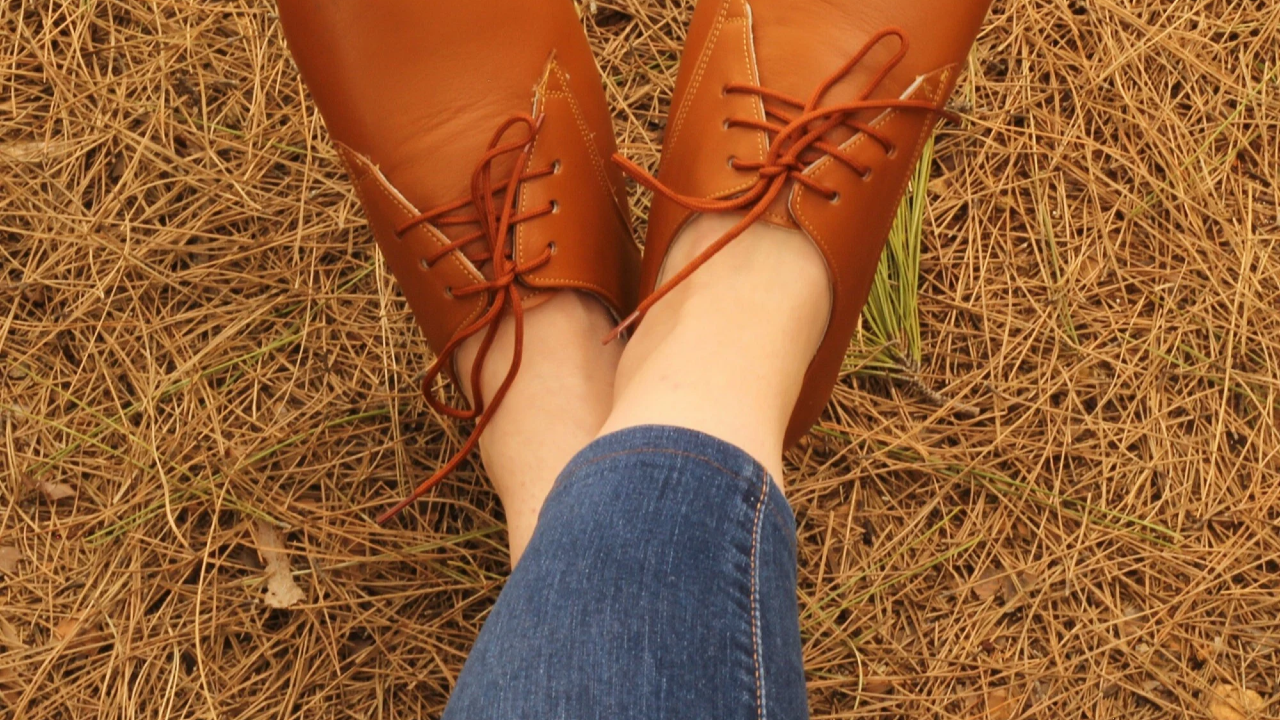AllVintageStyles
The Vintage Fashion Encyclopedia
Earth Shoes


1970s Earth Shoes are distinctive footwear featuring a "negative heel" design where the heel sits lower than the toe, marketed as promoting natural posture and representing the decade's embrace of alternative health practices and environmental consciousness.
Quick Facts
- Era: 1970s (peak popularity 1970-1977)
- Origin: Denmark/United States (created by Anna Kalsø, popularized in America)
- Garment Type: Health-focused footwear with negative heel technology
- Key Identifiers: Heel lower than toe, chunky construction, earth-tone colors, comfort focus
- Typical Resale Price: $40-$150 (authentic vintage pairs)
- Best For: Health-conscious styling, 1970s alternative fashion, and comfort-focused vintage footwear
History & Evolution
Earth Shoes were created by Danish yoga instructor Anna Kalsø in the late 1960s and introduced to America in 1970, becoming iconic of the decade's health and wellness movement. The revolutionary "negative heel" design positioned the heel 3.7 degrees lower than the toe, marketed as promoting better posture, reducing back pain, and providing a more natural walking experience.
The shoes gained massive popularity during the early 1970s as part of the broader cultural movement toward natural living, environmental awareness, and alternative health practices. Earth Shoes appealed to health-conscious consumers, environmentalists, and counterculture enthusiasts who viewed them as symbols of rejecting conventional footwear in favor of more natural, body-positive alternatives.
At their peak, Earth Shoes were sold in dedicated stores across America and became synonymous with the 1970s wellness culture, worn by everyone from yoga practitioners to college students embracing alternative lifestyles. The company's success was meteoric but brief, filing for bankruptcy in 1977 due to overexpansion and changing fashion trends. Today, authentic vintage Earth Shoes are prized for their unique construction and representation of 1970s health-conscious fashion.
Authentication Tips
Authentic Vintage Features:
- Distinctive negative heel construction with heel lower than toe platform
- Quality leather or suede construction with substantial weight
- Earth Shoes brand labeling and logo on insole or exterior
- Chunky, substantial sole construction typical of 1970s comfort footwear
- Earth-tone color palette including browns, tans, and natural leather colors
Common Reproductions/Modern Pieces:
- Standard heel construction that lacks authentic negative heel technology
- Lightweight construction that doesn't match original Earth Shoes substance
- Modern comfort features or materials not available in original 1970s production
- Missing or incorrect Earth Shoes branding and labeling
- Contemporary color schemes that don't match authentic earth-tone palette
Styling & Use Cases
- Best for health-conscious vintage styling: Pair with natural fabrics, earth tones, and casual clothing for authentic 1970s wellness-focused looks
- Ideal for alternative fashion: Style with bohemian clothing, natural accessories, and organic materials for counterculture-inspired outfits
- Perfect for comfort-focused wear: Combine with casual vintage clothing for practical yet authentic 1970s styling
Modern styling tips:
- Wear with contemporary casual clothing for unique vintage footwear that prioritizes comfort and historical interest
- Pair with earth-tone modern outfits to complement the shoes' natural aesthetic and health-conscious origins
- Style with vintage band tees and jeans for casual looks that honor the shoes' alternative culture associations
FAQ
Q: How can I tell if Earth Shoes are authentic 1970s vintage?
A: Look for distinctive negative heel construction, quality leather construction, authentic Earth Shoes branding, chunky sole construction, and earth-tone colors. Authentic pieces show the unique heel technology and substantial construction of original Earth Shoes.
Q: What's the typical price range for vintage 1970s Earth Shoes?
A: Authentic vintage Earth Shoes range from $40-$150 depending on condition, style, and rarity. Well-preserved pairs command higher prices among vintage footwear collectors and those interested in 1970s health culture artifacts.
Q: How should I care for vintage 1970s Earth Shoes?
A: Condition leather regularly with appropriate leather care products, store with shoe trees to maintain shape, and protect from excessive moisture. The unique heel construction requires careful storage to prevent sole damage.
Q: What makes 1970s Earth Shoes valuable to collectors?
A: Their unique negative heel technology and revolutionary design, representation of 1970s health and wellness movement, association with alternative culture and natural living philosophy, brief but significant cultural impact, and embodiment of the decade's embrace of unconventional approaches to health and fashion.
📷: Doomas
